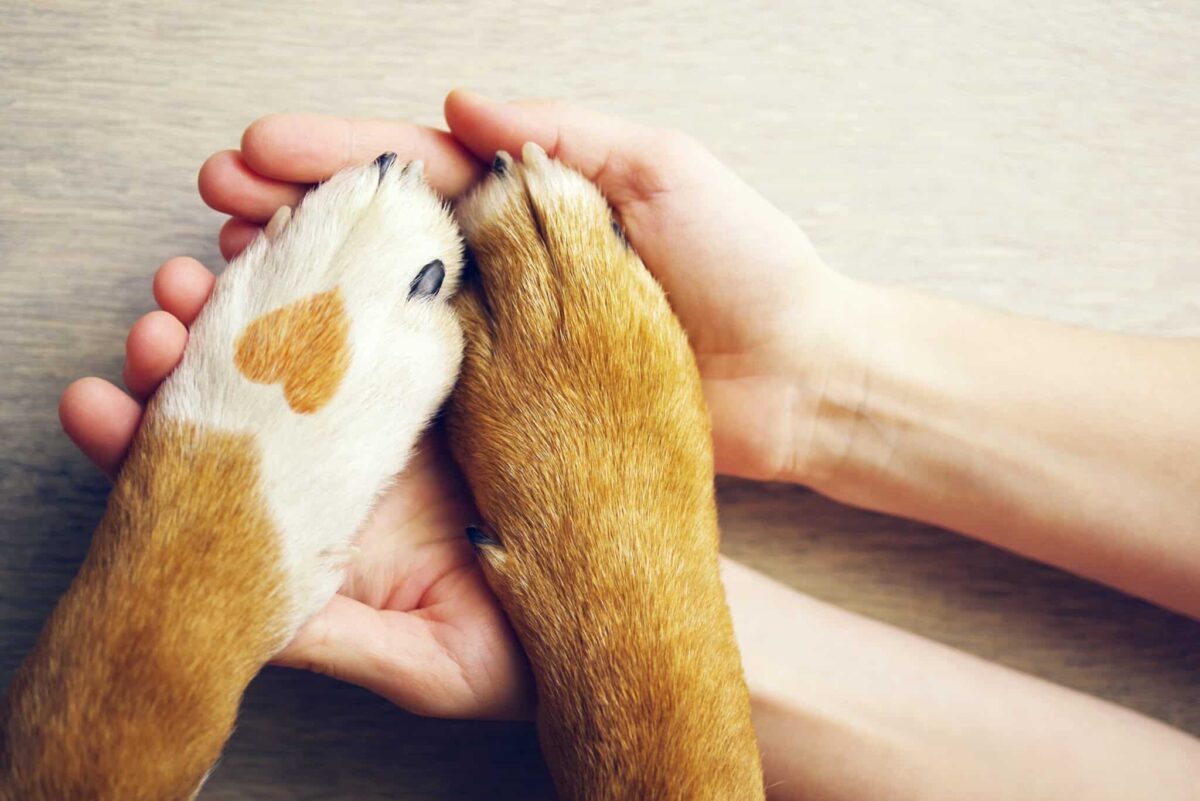 Shutterstock
Shutterstock
Bloodhounds are renowned for their incredible sense of smell and keen tracking abilities, but there is so much more to these amazing dogs. Known for their droopy ears and wrinkled skin, they have a rich history and a personality that’s as lovable as it is unique. Here are nine fun and fascinating facts about Bloodhounds that are sure to impress any dog lover.
Bloodhounds Can Track a Scent Over 130 Miles
 Shutterstock
Shutterstock
Bloodhounds have one of the most powerful senses of smell in the animal kingdom. Their noses are so sensitive that they can pick up a scent that’s days old and follow it over incredible distances, sometimes even more than 130 miles! This ability makes them the ultimate trackers for search and rescue missions.
Their Ears and Wrinkles Help Them Track Scents
 Shutterstock
Shutterstock
Those long, droopy ears and folds of skin aren’t just for show—they actually help Bloodhounds track scents more effectively. The loose skin folds trap scent particles, while their ears sweep odors towards their noses. This combination amplifies their sense of smell and makes them tracking experts.
They Have More Scent Receptors Than Any Other Dog
 Shutterstock
Shutterstock
Bloodhounds have approximately 300 million scent receptors, making their noses unmatched. To put that into perspective, a human nose only has about 5 million. This exceptional olfactory system is why Bloodhounds are often called in for search and rescue or to assist law enforcement.
Bloodhound Evidence Is Admissible in Court
 Shutterstock
Shutterstock
When a Bloodhound tracks a scent trail, the results are so accurate that they have been used as evidence in court. Bloodhound testimony has been considered reliable in numerous cases, helping authorities track missing persons or identify suspects. Their scent-tracking skills are trusted and respected in the field of criminal justice.
They Are Descendants of Ancient Hounds
 Shutterstock
Shutterstock
Bloodhounds have a history that goes back centuries. They are believed to have descended from hounds bred by monks in medieval France and were later perfected in Britain. The name “Bloodhound” comes from “blooded hound,” meaning they were of pure and noble breeding.
Bloodhounds Have a Unique Bark Called a “Bay”
 Shutterstock
Shutterstock
Bloodhounds don’t just bark; they have a distinctive, melodious howl known as a “bay.” This vocalization serves multiple purposes: it helps hunters and handlers locate them, and it expresses their excitement when they pick up a scent. If you’ve ever heard a Bloodhound bay, you know it’s a sound you won’t forget!
They Are Surprisingly Gentle and Affectionate
 Shutterstock
Shutterstock
Despite their intense tracking focus, Bloodhounds are gentle giants at heart. They are known for being affectionate, sweet-natured, and wonderful family pets. Their easygoing demeanor makes them excellent companions for people of all ages, though they are also a bit stubborn.
Bloodhounds Require Mental and Physical Stimulation
 Shutterstock
Shutterstock
Because of their incredible tracking abilities, Bloodhounds need plenty of mental and physical exercise. Their strong sense of smell can get them into trouble if left unoccupied, so scent games and long walks are a must. Keeping them engaged ensures they stay happy and healthy.
They Hold Guinness World Records
 Shutterstock
Shutterstock
Bloodhounds have earned multiple Guinness World Records for their tracking prowess. One of the most impressive feats was performed by a Bloodhound named Tigger, who was recognized for having the longest ears ever recorded on a dog. Their achievements continue to showcase their exceptional abilities and unique traits.
Bloodhounds: The Nose Knows!
 Shutterstock
Shutterstock
Bloodhounds are truly remarkable dogs, combining centuries of noble history with unmatched scent-tracking capabilities. Beyond their impressive work ethic, they are also gentle and loving companions who bring joy and awe to everyone who knows them. Next time you see a Bloodhound, remember that there’s so much more to this hound than meets the eye—or nose!

 2 weeks ago
11
2 weeks ago
11


















 English (US) ·
English (US) ·